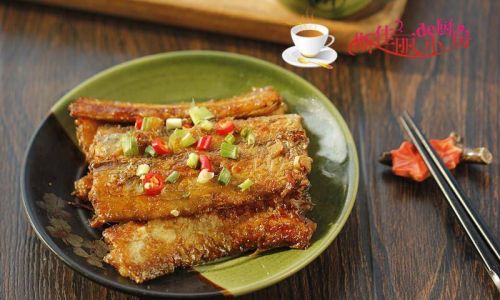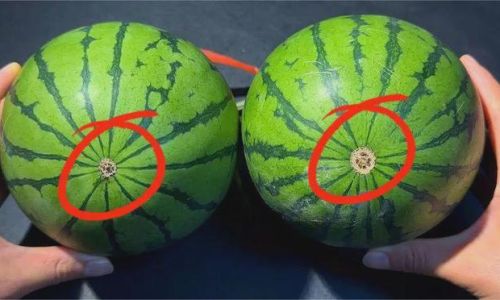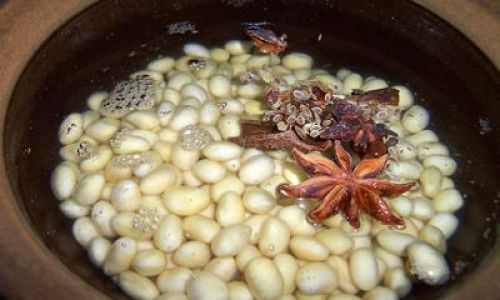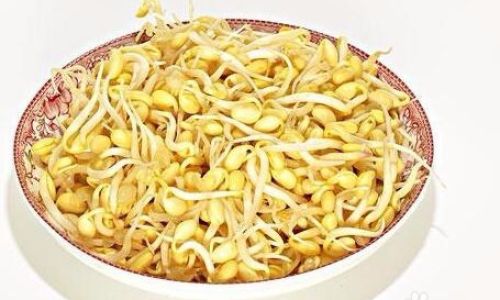Introduction
Ribbonfish, also known as beltfish or cutlassfish, is a slender, elongated fish species found in oceans worldwide. Its delicate flavor and firm, yet flaky texture make it an excellent choice for various cooking methods, with frying being a particularly popular and mouthwatering option. Achieving the perfect fried ribbonfish dish requires a blend of culinary skills, the right ingredients, and a keen eye for detail. This article will guide you through the step-by-step process of how to fry ribbonfish to perfection, ensuring a crispy exterior and a moist, flavorful interior that will delight your taste buds.
Section 1: Preparing Your Ingredients and Equipment
Before diving into the frying process, it’s crucial to gather all necessary ingredients and equipment. Here’s a comprehensive list:

- Ribbonfish Fillets: Choose fresh or frozen ribbonfish fillets. If using frozen, ensure they are thoroughly thawed.
- Salt: For seasoning.
- Black Pepper: Freshly ground for added flavor.
- Lemon Juice: To enhance the fish’s natural flavors and act as a natural tenderizer.
- Garlic Powder (Optional): For a garlicky aroma and taste.
- Paprika (Optional): Adds a slight sweetness and a beautiful red hue.
- Olive Oil or Vegetable Oil: For frying. Olive oil adds a rich flavor, while vegetable oil ensures a higher smoking point, suitable for deep-frying.
- Flour: For dredging the fish. You can also use a flour blend with cornstarch for extra crispiness.
- Breadcrumbs (Optional): For an additional layer of crunch.
- Eggs (Optional): For a coating that adheres better to the flour and breadcrumbs.
- Paper Towels: For drying the fish and absorbing excess oil.
- Frying Pan or Deep Fryer: The heart of your frying operation. A deep fryer is ideal for larger batches, while a sturdy frying pan works well for smaller quantities.
- Tongs or Slotted Spoon: For safely handling the hot fish during frying.
- Wire Rack: Placed over a baking sheet to drain excess oil from the fried fish.
Section 2: Preparing the Ribbonfish
-
Cleaning and Patting Dry: If you’re working with whole ribbonfish, clean and fillet them. Otherwise, simply pat the pre-cut fillets dry using paper towels. Removing excess moisture is crucial for achieving a crispy exterior.
-
Seasoning: Season both sides of the fillets generously with salt and freshly ground black pepper. Squeeze some fresh lemon juice over them, allowing the acidity to tenderize the fish slightly and brighten its flavor. If using garlic powder or paprika, sprinkle them evenly over the fillets.
-
Marinating (Optional): For deeper flavors, you can let the seasoned fillets marinate in the refrigerator for about 30 minutes. This step is not mandatory but can elevate the dish.
Section 3: Preparing the Coating
-
Dredging in Flour: Place the flour in a shallow dish. Dredge each fillet lightly in the flour, shaking off any excess. This creates a base layer that helps the oil adhere to the fish, promoting even frying.
-
Egg Wash and Breadcrumbs (Optional): If you prefer a thicker coating, set up a breading station with beaten eggs in one dish and a mixture of breadcrumbs and a bit more flour in another. Dip each floured fillet into the egg wash, then coat with the breadcrumb mixture, pressing lightly to ensure adherence.
Section 4: Frying the Ribbonfish
-
Heating the Oil: Pour enough oil into your frying pan or deep fryer to fully submerge the fish. Heat the oil to a temperature of around 350°F (175°C). Use a thermometer to monitor the temperature accurately.

-
Frying: Carefully place the coated fillets into the hot oil. Do not overcrowd the pan, as this will lower the oil temperature and result in soggy fish. Fry for about 3-4 minutes per side, or until golden brown and crispy. Use tongs or a slotted spoon to flip the fillets gently.
-
Draining: Once done, transfer the fried fillets to the wire rack set over a baking sheet to drain excess oil. This step is vital for achieving a crunchy texture.
Section 5: Serving Your Fried Ribbonfish
-
Garnishing: While the fish is still hot, you can squeeze a bit more lemon juice over it for an extra burst of freshness. Optionally, sprinkle with chopped fresh parsley, dill, or a pinch of red pepper flakes for added color and flavor.
-
Accompaniments: Fried ribbonfish pairs wonderfully with a variety of sides. Consider serving it with lemon wedges, tartar sauce, or a simple garlic aioli. For a more substantial meal, try it with crispy potatoes, steamed vegetables, or a fresh green salad.
Section 6: Tips for Perfect Fried Ribbonfish
- Temperature Control: Maintaining the correct oil temperature is key. Too low will result in greasy fish, while too high can burn the exterior before the interior cooks through.
- Even Coating: Ensure an even layer of flour or breadcrumb coating to avoid patches that are either too thick or too thin.
- Don’t Overcrowd: Fry in batches if necessary to maintain the oil’s temperature and ensure even cooking.
- Resting: Let the fried fish rest for a couple of minutes before serving. This allows the juices to redistribute, ensuring a moist interior.
Conclusion
Frying ribbonfish is a delightful culinary endeavor that, with the right techniques and ingredients, can yield a dish that is both visually appealing and incredibly tasty. By following the steps outlined in this guide, you’ll be able to create crispy, golden-brown fillets that are sure to impress family and friends. Remember, cooking is an art form, and with practice, your fried ribbonfish will only get better. Happy frying!






0 comments